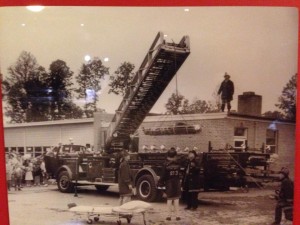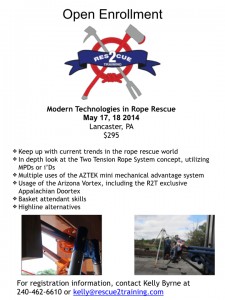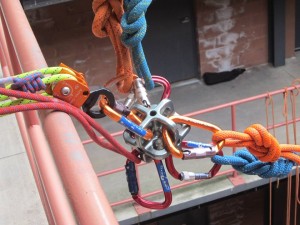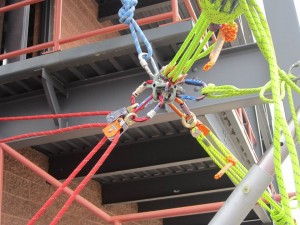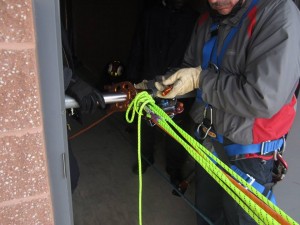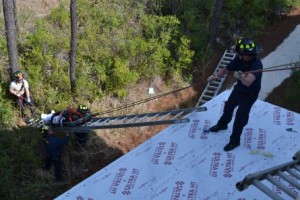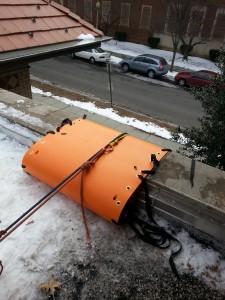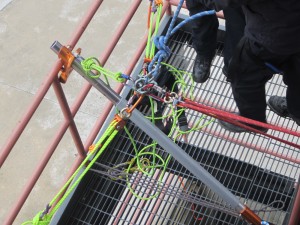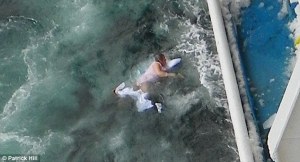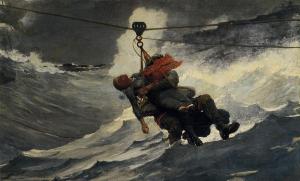There is a lot to be said for how far technology has allowed us to go in the world of ropes as it relates to safety: Stronger yet smaller ropes, lightweight high strength aluminum hardware, etc… But is fun to cast our thoughts back to where the rope rescue world has ascended (that’s a pun) from. Check out the rescue drama in the youtube video below. It is from 1949 and was posted by Ron Holan on the Rope Access Technicians Network group on Facebook.
The neat part about this for me was that they didn’t use any carbiners or friction devices to lower the casualty. It was all done with friction wraps around their bodies and around rock outcrops. While this might not be how a rescue should be done now, given all of our available equipment, it is none the less a look at how a rescue can be done without any equipment.
Maybe you could use this video as an idea for a drill: Only use a Stokes basket and a rope, no hardware, to accomplish lowering a package down a building, catwalk, mountain, etc… Oh, and they weren’t using Prusiks either. They only had trust in each other!
Also pretty darn old school is this picture of Silver Spring VFD using the ladder truck for a high directional to get a Stokes basket off of the roof of a one story school and down to the ground. Thanks to our Florida friend Joe Schulman for findiong and sharing this one.
It’s hard to tell for sure from the picture, but it looks like the rope is just hard tied to the tip and the ladder is just craning the load. Similar to one of our previous posts HERE , it’s also another example of how it might be easy to access a patient via ladder and use a rope system to get them down.

